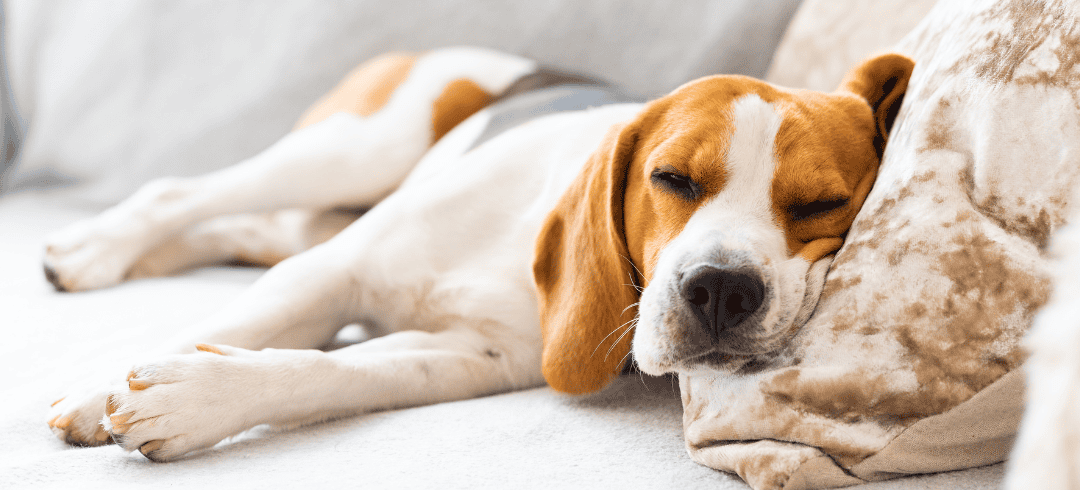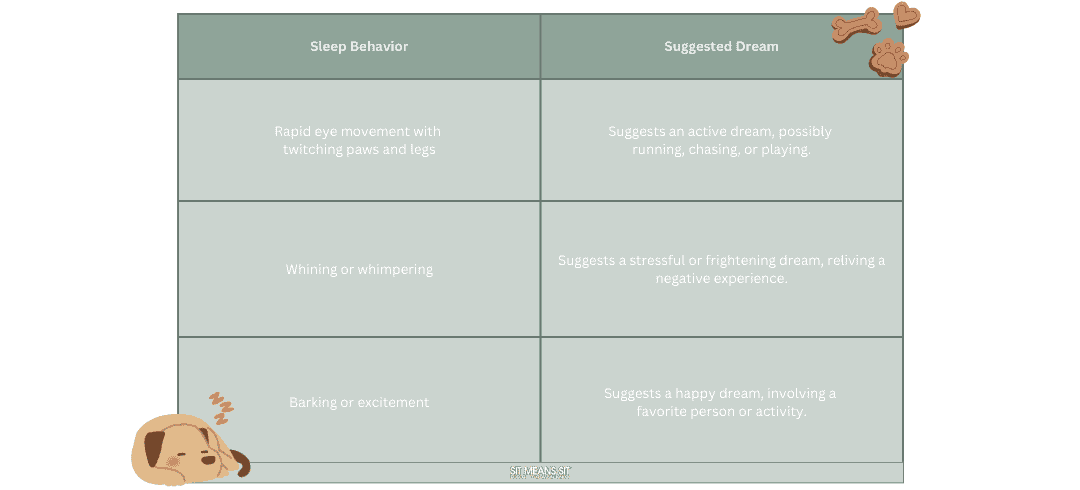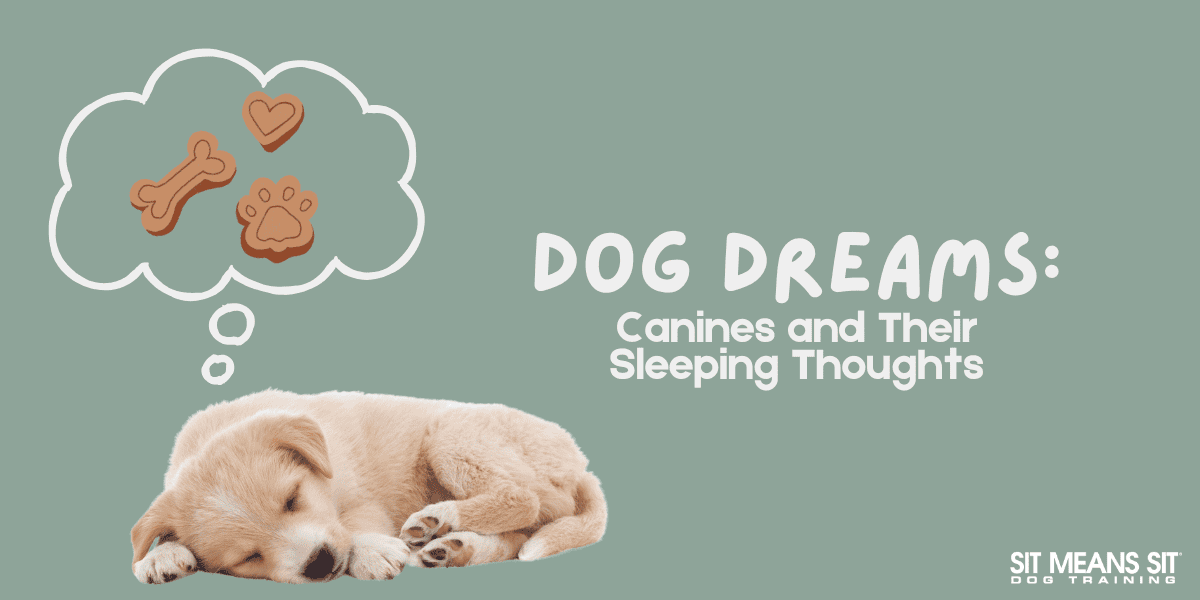For years, experts have discussed whether or not our pups experience dreams just like us. We now know that dogs dream in their own way during sleep cycles, but have you ever wondered what these sleepy-time thoughts might be? Maybe they’re dreaming about a bright yellow tennis ball or yummy treats. Today, we’ll take a look at how dreaming works for all dogs and discover what our pups are thinking about when they catch a few z’s. Let’s jump right in and find out what these dog dreams entail.
Canine Sleep Cycles and How They Affect Dreaming
Dogs have faster sleep cycles than humans. While humans tend to experience about four or five complete rotations of the human sleep cycle, dogs experience twenty or even more rotations! We’ll examine each stage of a canine’s sleep cycle and how it affects dreaming.
Stage One: Slow-Wave Sleep
A dog’s usual schedule consists of naps at different points of the day and longer periods at bedtime. During the first sleep stage, your dog will fall asleep and enjoy a light rest. This stage includes slow-wave sleep, which will cause your pup to be easily awakened if disturbed. Your pet will experience some physical changes during this period. Their heart rate and blood pressure will lower. Dogs may also experience slower, steadier breathing. On average, the first sleep stage lasts about ten to fifteen minutes.
Stage Two: REM
The second stage of your dog’s sleep cycle is active and exciting. During the REM state (Rapid Eye Movement,) your canine’s eyes will roll back behind their eyelids and move rapidly, as the name suggests. In this stage, dreams manifest as your pet sleeps, leading to various involuntary actions. You may notice twitching, irregular breathing, or quiet whines or barks during this part of the cycle that indicates dream activity. REM lasts about six minutes for most dogs, but it’s important to note that the different dog breeds and each individual pup experience this cycle differently.
Stage Three: NREM
The final stage, Non-Rapid Eye Movement (NREM), allows your pup to regroup after exiting the REM stage. Your dog will experience moments of light and deep sleep as it prepares to enter slow-wave sleep and REM again. Some argue that this third stage extends from the beginning of the first stage after the cycle repeats itself, but due to the presence of light and deep sleep, most agree that NREM is its own stage.
These stages cycle through twice to complete an entire rotation of a dog’s sleep cycle.

Breeds Dream Differently
Dreaming for dogs manifests differently depending on their size. You may notice changes in your dogs’ sleep behavior as they age, but a good rule of thumb is that smaller dogs dream faster and more frequently than big dogs who dream slower and less frequently. Let’s break this idea down.
The rate at which a small dog rotates through their sleep cycle is much faster than the rate of a large dog. This means that small dogs are entering the REM stage of sleep more frequently, resulting in a high quantity of dreams. However, as quickly as these dreams come for small dogs, they go, and the cycle begins again. Larger dogs’ sleep cycle takes longer to reach the REM stage, meaning they may experience fewer dreams, but each lasts longer.
Furthermore, the content of your furbaby’s dream differs from dog to dog. While it’s generally accepted that dogs have doggie dreams, each individual pup will likely have dreams that mirror their real life, likes, dislikes, and anxieties. For example, if your Golden Doodle is a frequent fetch player, she will likely have playful dreams about catching a frisbee or chasing a ball. If you have a noble guard dog, like the Cane Corso, he may dream of protecting his human counterpart and guarding his home.
What Does My Dog Dream About?
As we’ve discussed, dogs have doggie dreams! Their daily routine and encounters alter what they dream about, similar to how our lives and fears can change our dreams. The difference between your dreams and Fido’s is the ability to make fictional stories. We understand that, technically speaking, all dreams are fiction. However, your furry friend cannot dream up a scary movie. They may have nightmares of bathtime but won’t dream of anything they haven’t previously experienced.
Check out this chart to determine what your pup might be dreaming about based on their involuntary sleeping behaviors:

Now that you better understand your canine’s sleeping thoughts, you can try to influence them so your pet always has the best dreams. Spend plenty of time with your pup and give them plenty of cuddles so they can enjoy playing a game of fetch all over again when they do take a quick afternoon nap. It’s time to cuddle up and enjoy a nap with your pup; happy dreaming!

